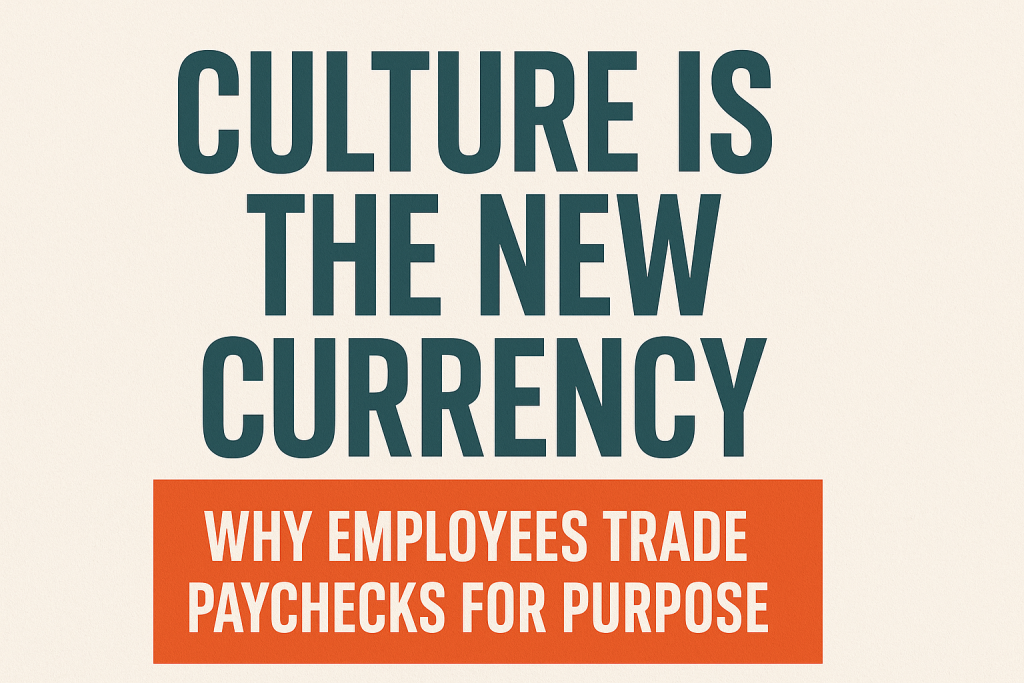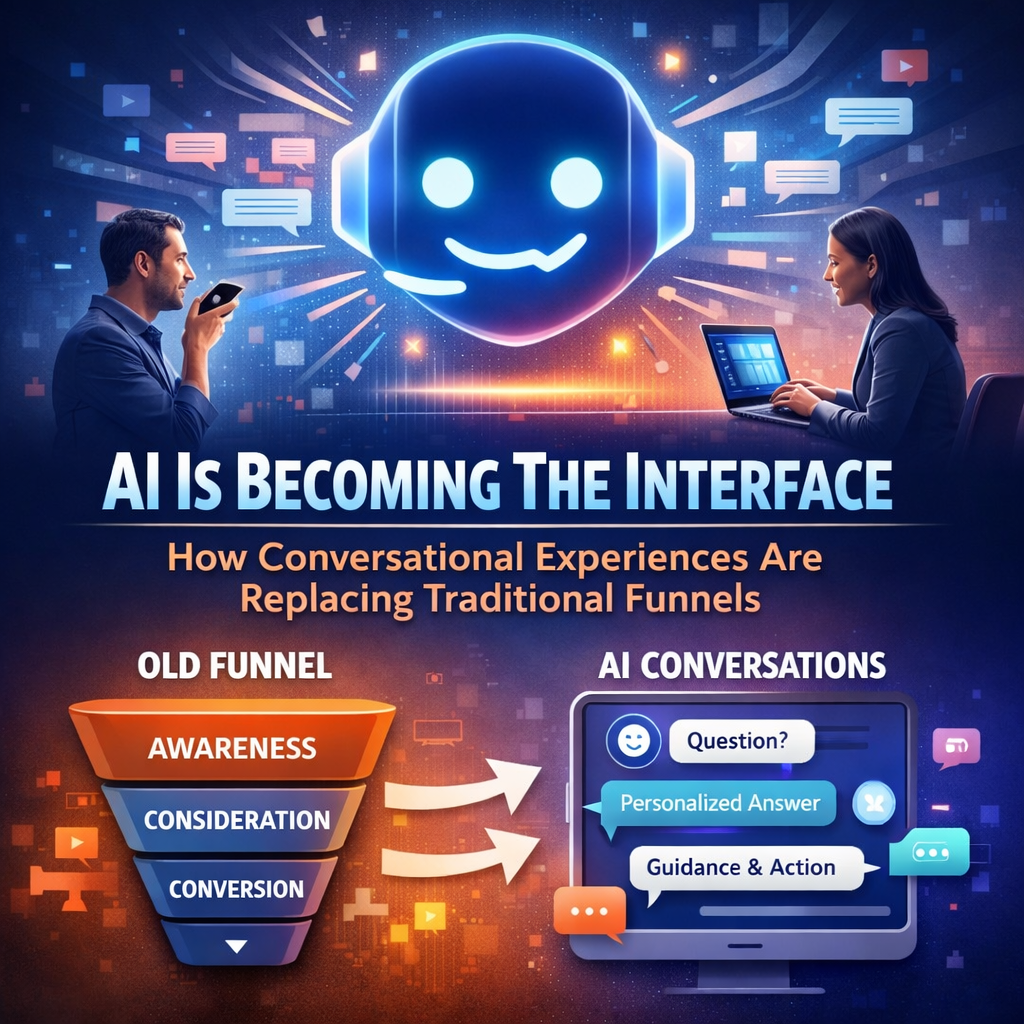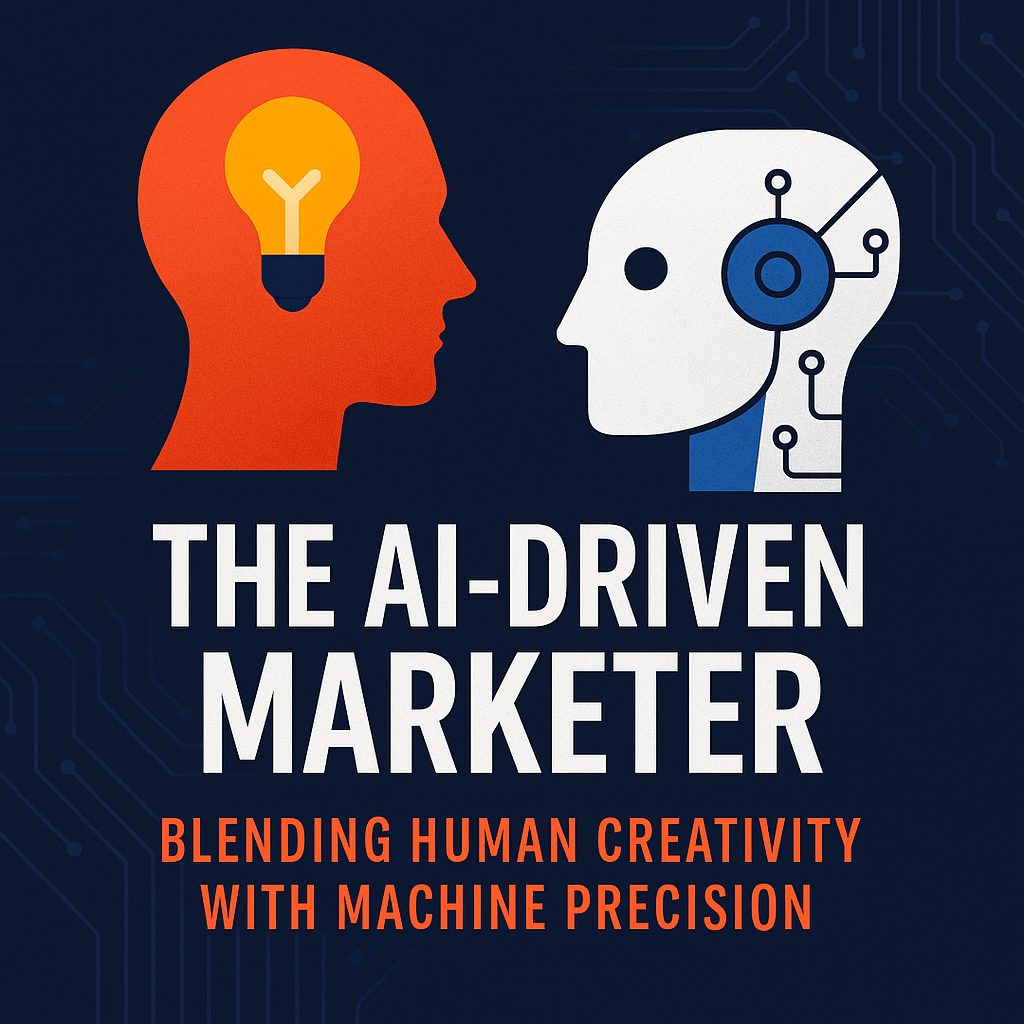1. The Paycheck Paradigm Is Changing
For decades, the dominant employee motivation model was straightforward: offer competitive salary and benefits, and in return you get productivity, loyalty, and retention. But as workplaces and workforce demographics evolve, that model simply no longer holds.
Research indicates that many employees now define a significant part of their identity and sense of purpose through their work. According to a study by McKinsey & Company, 70 % of employees said their sense of purpose is defined by work. McKinsey & Company Another survey found that just over half (52 %) of jobseekers would not accept a role if they didn’t know or agree with the company’s values or purpose. Harvard Business Impact
Put simply: pay is still important—but it’s less differentiating. What increasingly sets employers apart is how they deliver on meaning, values, and culture.
2. What “Purpose at Work” Really Means
Purpose at work is more than a catchy tagline or a framed poster on the wall. It’s the connection between an individual’s deeply-held values and the organisation’s mission, through the day-to-day tasks, decisions and culture.
According to the research from Gallup, in a purpose-driven culture:
“Employees have a heartfelt sense of ownership for their purpose: purpose energises teams, informs their decisions, and guides their day-to-day behaviour.” Gallup.com
And from another study: only about two-thirds of employees globally feel a sense of purpose from their organisation — meaning a substantial gap still remains. octanner.com
When purpose is real — clearly defined, communicated, lived every day — it becomes a powerful differentiator.
3. Why Employees Are Trading Paychecks for Purpose
3.1 Psychological fulfilment
Humans crave meaning. Work now occupies more of our lives than ever before. According to one source, the average adult in the U.S. will spend roughly one-third of their lives at work. Harvard DCE When the job is just about the tasks and the pay, the underlying psychological need for meaning remains unsatisfied.
3.2 Alignment with personal values
Employees want more than a job — they want an organisation that aligns with who they are. As noted by a purpose-at-work blog:
“Employees are not just looking for a paycheck—they are looking for fulfilment.” Chronus
When personal values and company values clash, disengagement, turnover and frustration follow.
3.3 Engagement, retention, and performance
When purpose is activated, the business impact is real. McKinsey & Company discovered that employees aligned with purpose are more productive, healthier, more resilient, and more likely to stay with the company. McKinsey & Company
Moreover, organisations that build positive workplace cultures see higher employee satisfaction and stronger business performance. Harvard DCE+1
3.4 The “new deal” of work
In the era of remote work, hybrid models, and redefining life priorities (especially post-pandemic), employees increasingly ask: What am I doing this for? The merit of a role is no longer purely financial—it must offer significance.
4. What It Takes For Organisations To Make Purpose Real
It’s one thing to say you have purpose. It’s another to internalise it, embed it, and live it. Here are key levers:
4.1 Define a clear and compelling purpose
From the Octanner Global Culture Report: A meaningful purpose must include five elements — clarity, positive effect, differentiation, inspiration toward a collective goal, and motivation. octanner.com This means: the organisation must articulate the why in a way employees can internalise.
4.2 Connect individual work to organisational purpose
Purpose isn’t just a broad statement; employees need to understand how their specific role contributes. Gallup emphasises that “Purpose energises teams … guides their day-to-day behaviour.” Gallup.com
4.3 Equip leaders and managers
The role of leadership is central. In the Harvard Business Impact article: to make purpose real, leaders must embody the purpose, communicate it consistently, and foster an aligning culture. Harvard Business Impact
4.4 Embed purpose in culture, processes and behaviours
It’s not enough to post value statements. Purpose must be lived. That means: recruitment, onboarding, performance management, communication, decision-making—all must reflect and reinforce purpose. If culture doesn’t reflect the stated values, it erodes trust. Gallup.com+1
4.5 Authenticity & translation into everyday work
Purpose that’s disconnected from how work gets done is meaningless. McKinsey warns that purpose cannot be just “another corporate initiative.” It must dovetail into the employee’s experience. McKinsey & Company
4.6 Create a sense of belonging & psychological safety
Employees need to feel safe to bring their whole selves, speak up, and take risks. According to Harvard’s blog on workplace culture: trust and psychological safety are core traits of positive culture. Harvard DCE
5. Real-World Impact: Business Benefits of Culture as Currency
When culture becomes the currency, companies gain in multiple dimensions:
Retention: Because employees feel connected, respected and motivated, they’re less likely to leave.
Engagement: Purposeful work drives engagement, creativity and ownership.
Brand and reputation: A purpose-driven culture strengthens employer brand, attracting talent and clients alike.
Performance: Studies show positive workplace culture correlates with higher returns. One Harvard blog noted companies with positive culture perform better financially. Harvard DCE
Adaptability: Culture underpins how organisations respond to change—purpose-driven organisations often weather disruption more gracefully.
6. Barriers & Blind Spots
Even with best intentions, missteps hinder purpose-driven culture:
Purpose as window-dressing: If values are not brought to life, employees see it as inauthentic.
Middle-management gap: Even if leadership is bought-in, middle managers may not be aligned. A Great Place to Work study found that purpose matters only when middle managers are on board. Great Place To Work®
Disconnect between promise and practice: If the culture says one thing but behaviour reflects another, trust erodes.
Assuming salary no longer matters: Purpose isn’t a substitute for fair compensation—it complements it.
Neglecting day-to-day realities: Purpose must link to everyday work, not be an abstract aspiration.
7. Practical Steps for Business Leaders
Here’s how leaders can turn culture into currency:
Step 1: Start with a purpose audit
What is our purpose? Is it clear, differentiated, inspiring?
Do employees understand how their roles connect to purpose?
Are our leaders (especially front-line and middle managers) equipped to embody and communicate that purpose?
Step 2: Embed purpose in hiring & onboarding
Use purpose-driven messaging in recruitment.
During onboarding, explicitly show how roles fit within the mission.
At each step, reinforce “why we do this”.
Step 3: Translate purpose into everyday work design
Clarify role-level contributions to the mission.
Encourage employee voice—how they see their work contributing.
Create opportunities for growth, learning and alignment. (As one source: “Create learning and growth opportunities … providing opportunities for employees to develop new skills … helps them feel a sense of purpose and accomplishment.”) Meridian University
Step 4: Cultivate culture through leadership and behaviours
Leaders must model values in action.
Recognise and celebrate purposeful behaviour.
Develop psychological safety so employees can innovate, fail and learn.
Ensure alignment between brand promise, culture, and everyday reality.
Step 5: Measure, iterate and reinforce
Use employee surveys to assess alignment, purpose fulfilment, culture health.
Tie purpose-driven behaviours to performance metrics and recognitions.
Continuously communicate how purpose drives strategy, decisions, results.
8. Looking Ahead: Why “Culture as Currency” Matters More Now Than Ever
We’re in an era of rapid change: remote and hybrid work, multi-generational workforces, increased social expectation from businesses, evolving employee priorities. Purpose and culture now act as the anchor.
When organisations compete for talent, when consumers evaluate more than just products but values, when disruption is the norm—not the exception—culture isn’t an overhead. It’s a vital asset.
Employees trading paychecks for purpose is not a threat—it’s an invitation. An invitation for organisations to rethink what they offer: not just a role, but a mission. Not just a job, but a platform. When culture becomes the currency, the business wins—and so do the people who power it.
In today’s business environment, culture has evolved from a “nice-to-have” to a strategic differentiator. When organisations craft a meaningful purpose, connect it to individual roles, live it authentically, and align behaviours and systems around it, they transform culture into currency. Employees increasingly will trade paychecks for purpose—and the organisations ready to offer that will benefit through higher engagement, retention, performance and brand strength.
The question isn’t if you should invest in purpose-driven culture—it’s when you will fully embrace it.










